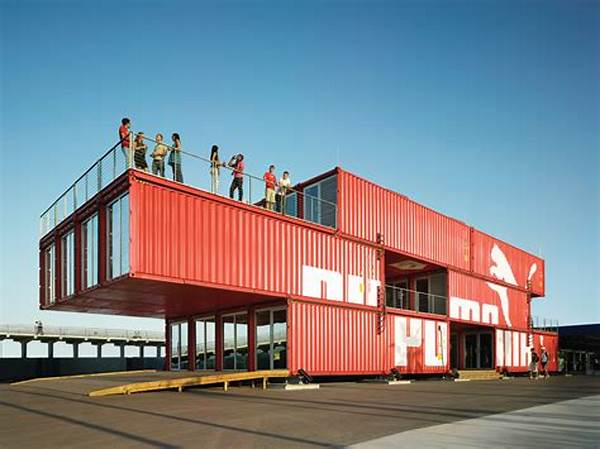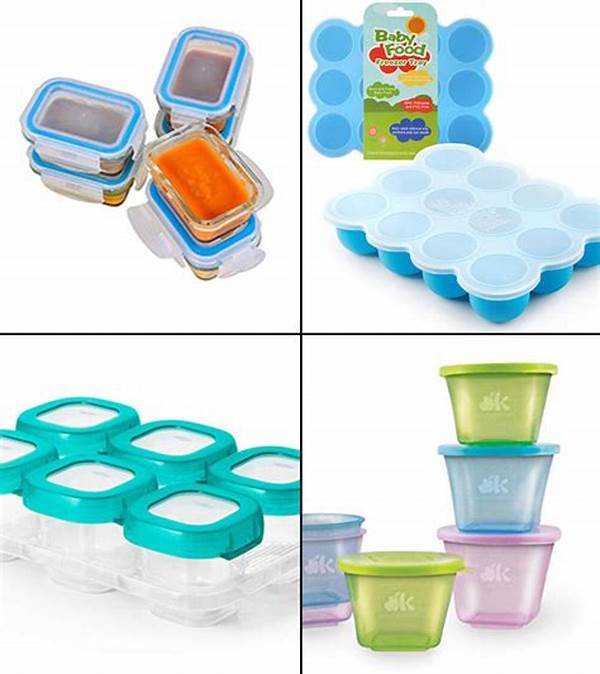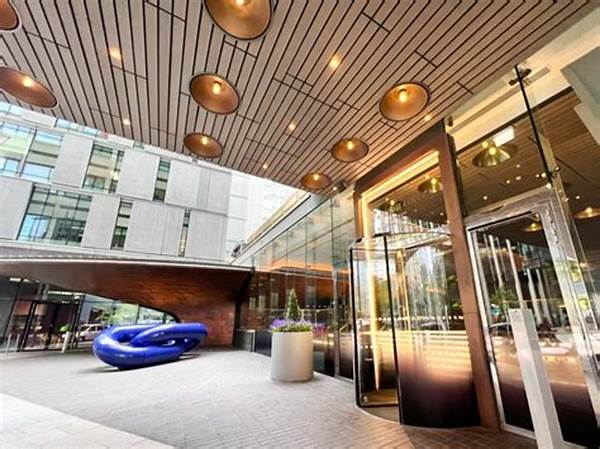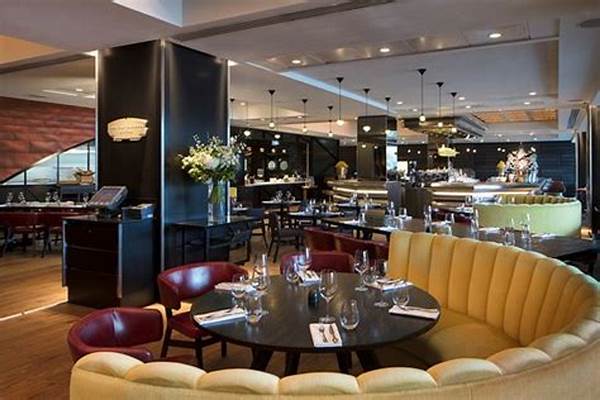In the bustling heart of our cities, shipping containers, once mere vessels of global trade, are now emerging as icons of creativity and innovation. They’re transforming urban skylines and reshaping how we think about sustainable architecture. Picture this: A vibrant community hub made entirely from repurposed containers, complete with chic cafes, coworking spaces, and artisan boutiques. It’s not just a trend; it’s a revolution in design thinking, where the past meets the present in the most unexpected ways.
Read More : Waste Containers For Metal Waste
Now, you may wonder, why containers, and why now? The allure is undeniable. With urban populations soaring and climate change calling for immediate action, these sturdy metal boxes are offering a sustainable, cost-effective, and adaptable solution for modern architectural needs. The appeal lies not only in their durability but also in the quirky charm they bring, adding an industrial flair to the urban aesthetic. This is more than architecture; it’s storytelling through space, a narrative of transformation and potential.
The Rise of Container Architecture
Shipping containers have long been the silent workhorses of global trade. But in modern urban landscapes, they have found a new identity, rapidly becoming the symbol of dynamic, forward-thinking architecture. Why? Because they address some of the most pressing issues of today’s world — from affordable housing shortages to the carbon footprint of construction. As cities grow, the need for efficient, eco-friendly structures skyrockets, and containers are perfectly suited to meet this demand.
The journey of shipping containers from ports to the heart of urban architecture is not merely utilitarian. It marries form with function in a way that is both visually striking and profoundly practical. Developers and designers alike are drawn to the raw, industrial aesthetic that containers offer, turning cityscapes into vibrant mosaics of color and innovation.
Sustainable and Affordable Solutions
Moving beyond aesthetics, the cost-effectiveness of using shipping containers makes them a popular choice for developers, particularly in urban areas where traditional building expenses can be prohibitively high. These modular units reduce the need for extensive building materials, minimize waste, and allow for rapid construction, making them a favorite for projects that demand speed without sacrificing quality.
The environmental impact is equally compelling. Constructing buildings from recycled materials aligns with global shifts toward sustainability. Using containers repurposes existing resources, helping to reduce the carbon emissions associated with producing new materials, living proof that innovative architecture can also be green.
Innovative Designs and Applications
The innovative use of shipping containers in urban architecture is not without its creative marvels. Architects are not just stacking boxes; they’re designing ecosystems. From pop-up shops to innovative housing solutions, these structures are being reimagined into sophisticated spaces that defy expectations.
Take, for example, Boxpark in London or the container parks in Las Vegas. These venues turn the urban landscape into a cultural hotspot and are as much about the experience as they are about architecture. They blend retail, dining, and social interaction, creating a vibrant community space from what once transported goods across the sea.
Challenges and Considerations
Yet, this architectural wonder is not without its challenges. Issues such as insulation, ventilation, and compliance with local building codes can pose significant obstacles. To truly become sustainable, these container buildings must also consider the lifecycle of the material and adapt to varying climatic conditions.
Despite these challenges, the success stories abound, as developers continue to push the boundaries of what is possible with these versatile structures. Communities worldwide are embracing this innovative approach, setting a global standard for sustainable urban development.
Read More : How To Process Textile Waste Into New Products
The Future of Urban Spaces
Looking ahead, the role of shipping containers in urban architecture promises to grow exponentially. As technology advances, so too will the methods for utilizing these structures. We’re on the cusp of a new era where cities can be designed with flexibility in mind, a place where spaces can be as dynamic as the people within them.
Embracing Modern Urbanism
In essence, the concept of shipping containers becoming a symbol of urban architecture is transforming how we envision our urban futures. They challenge us to think outside the box (quite literally) and reimagine what our cities could be, offering a range of possibilities limited only by our imagination.
The road towards a future where container architecture is mainstream is filled with endless possibilities, opportunities for both creativity and sustainability to shine.
Conclusion: Architects of Change
In conclusion, shipping containers are more than just a construction option; they are the architects of change in our urban environments. They symbolize a shift towards more sustainable, affordable, and imaginative cityscapes that cater to the modern world’s demands. As we continue to face challenges such as overpopulation and climate change, incorporating solutions like container architecture is not just smart — it’s essential.
Let us harness the potential of these humble metal boxes to build a brighter, more sustainable future. They remind us that innovation often comes in the most unexpected packages, urging us to rethink the possibilities of urban living with creativity and purpose.
Real-World Examples
Embrace the journey of shipping containers becoming the symbol of urban architecture — because the future is modular, sustainable, and innovative.










